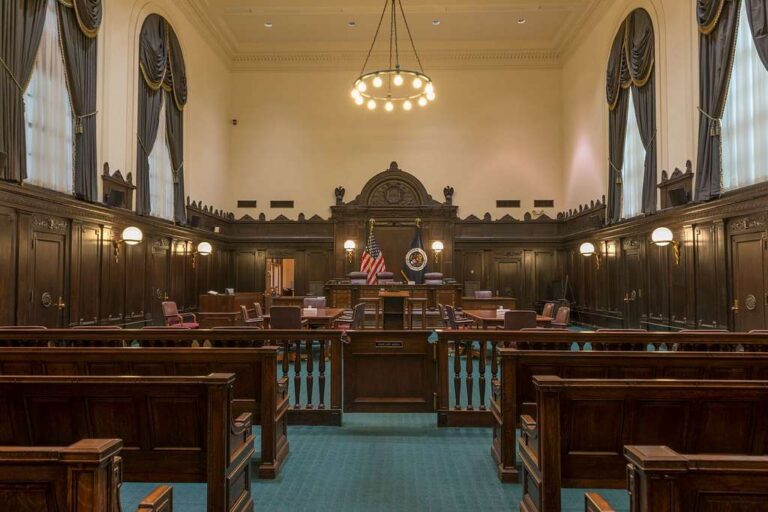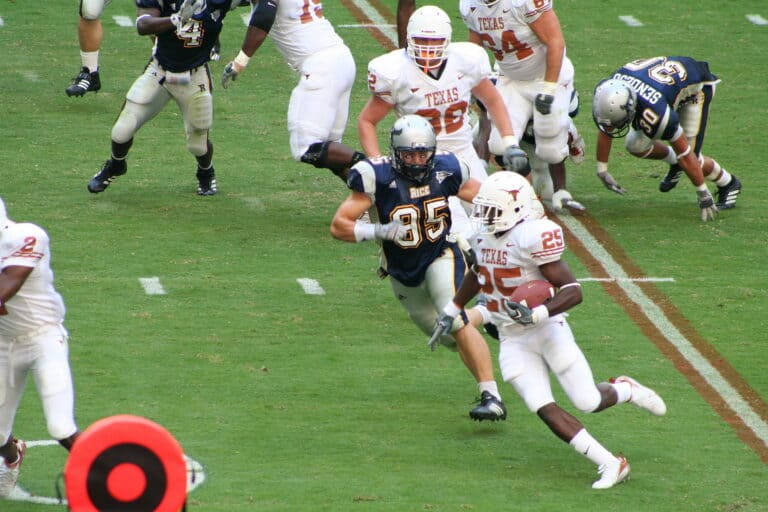Randon Herrera is a student at Harvard Law School.
As the debate over the employment status of Uber drivers continues, one employment benefit raises a set of questions not presented by the others: overtime pay.
Uber has suggested that if it is forced to reclassify its drivers as employees, it will cap its drivers’ hours to escape having to pay time-and-a-half for overtime work. It is unclear why Uber feels compelled to do so, as many firms operate just fine without capping hours. Nevertheless, if Uber does cap hours, drivers will be unable to take advantage of overtime pay. They will be artificially limited to no more than 40 hours per week. That is, unless the rideshare industry falls within the “taxicab” exemption to the overtime requirement. In which case, Uber would not be required to pay its drivers overtime wages and consequently would not feel compelled to cap its drivers’ hours. Beyond the question of whether Uber will be exempt from the overtime requirement, there are important considerations in assessing whether drivers should want the industry to be exempt.
The taxicab exemption
The taxicab exemption allows employers “engage[d] in the business of operating taxicabs” to be exempt from the overtime pay requirement. Thus, whether Uber falls within the exemption turns on whether rideshare companies are in the “business of operating taxicabs.” The relevant definition in the Department of Labor’s Field Operations Handbook states as follows:
24h01 “Business of operating taxicabs.” The taxicab business consists normally of common carrier transportation in small motor vehicles of persons and such property as they may carry with them to any requested destination in the community. The business operates without fixed routes or contracts for recurrent transportation. It serves the miscellaneous and predominantly local transportation need of the community. It may include such occasional and unscheduled trips to or from transportation terminals as the individual passengers may request, and may include stands at the transportation terminals as well as at other places where numerous demands for taxicab transportation may be expected.
Jurisdictions have split on the application of this definition. For example, in assessing whether limousine services fall within the exemption, some jurisdictions have held that they are in the business of operating taxicabs under the DOL Handbook definition. However, at least one jurisdiction has held that limousine services are not considered taxicab businesses under that definition. In holding that limousines are not taxicabs, the Rossi v. Associated Limousine Services, Inc. court stated, among other things, that “[limousines] do not cruise for customers and cannot be hailed down by customers. Rather the transportation must be prearranged.”
One could argue that if the Rossi reasoning is adopted, rideshare services will not be captured by the DOL definition and therefore will not fall within the taxicab exemption. After all, in the customary sense, rideshare drivers do not “cruise” for customers, and customers do not “hail” rideshare drivers. This simple application of the reasoning, however, should not be convincing.
Sure, drivers are not “cruising” in the sense of riding around visually scanning for potential riders. But they are cruising for potential pings on their app based on where demand is. And yes, riders do not physically “hail” a rideshare driver the way they would a taxicab. But, in all relevant respects, they are still hailing their driver by completing a request through the app to have a driver pick them at that moment. Likewise, rides are not “prearranged” like limousine services. With a limousine, one reserves a vehicle at a specified time and date in the future. With a rideshare, one is requesting a ride at that precise moment, the same way they would a taxicab. In both instances (“cruising” and “hailing”) the app acts as the functional equivalent of the traditional taxicab norm. Thus, even if a court did buy Rossi’s narrow interpretation of the DOL definition, that would not preclude rideshare services from falling within the definition.
In every other respect, it is evident that rideshare services do fall within the DOL definition of a taxicab business and would therefore be exempt from the overtime requirement. Rideshare drivers transport “persons” and “such property as they may carry . . . to . . . destination[s] in the community,” without “fixed routes” or “recurrent routes.” They serve mainly the “local transportation need[s] of the community.” They also take passengers to and from “transportation terminals,” and even have the equivalent of “stands at the transportation terminals” in the form of airport rideshare lots.
Should Uber drivers want to be exempt?
Turning to the question of whether Uber drivers should want to be exempt from the overtime requirement, there are mainly two competing considerations. On the one hand, if the rideshare industry does not fall within the taxicab exemption and Uber does cap hours, the supply of riders will outpace available driver hours. This means that driver hours will need to come from elsewhere. They could come from either current drivers struggling to reach 40 hours per week, or from new drivers looking to break into the Uber rider market. Either way, if the exemption does not apply, the result will be work spreading: More drivers will have a chance at full-time employment as an Uber driver.
On the other hand, the exemption would allow individual drivers to work more than 40 hours per week, which may be valuable to some riders even without time-and-a-half pay. Studies suggest that only 9% of Uber drivers work more than 40 hours per week. However, this statistic does not take into account the fact that drivers’ schedules often vary substantially week-to-week. Thus, even though a driver may only work an average of 30 hours per week, they may be routinely working more than 40 hours some weeks and less than 20 hours others based on factors such as their own personal life and increased demand created by holidays and events. If Uber follows through with the cap, drivers would be unable to adopt such a variable schedule absent the taxicab exemption.
While the tradeoff between work spreading and the ability to take advantage of overtime pay is not unique to Uber or the gig economy (in fact, the idea of work spreading was part of the purpose behind the overtime requirement of the FLSA), there are special issues raised in this context. The ability to vary one’s hours week-to-week is somewhat unique to this space and is likely valuable to many drivers. But, on the same token, this ability could lead to exploitation of the overtime right by drivers: A driver could work 0 hours one week and 80 hours the next in order to make time-and-a-half for 40 hours that they would normally have been paid standard rates for had they worked 40 hours each week. And this may in fact be the impetus for capping hours—though, there are certainly solutions to this problem that do not involve a cap, such as averaging hours over biweekly or monthly periods. Regardless, drivers should be aware of these tradeoffs so they are prepared for the potential future where they are reclassified as employees and can choose to advocate for or against the overtime exemption.






Daily News & Commentary
Start your day with our roundup of the latest labor developments. See all
December 1
California farmworkers defend state labor law, cities consider requiring companies to hire delivery drivers, Supreme Court takes FAA last-mile drivers case.
November 30
In today’s news and commentary, the MSPB issues its first precedential ruling since regaining a quorum; Amazon workers lead strikes and demonstrations in multiple countries; and Starbucks workers expand their indefinite strike to additional locations. Last week, the Merit Systems Protection Board (MSPB) released its first precedential decision in eight months. The MSPB had been […]
November 28
Lawsuit against EEOC for failure to investigate disparate-impact claims dismissed; DHS to end TPS for Haiti; Appeal of Cemex decision in Ninth Circuit may soon resume
November 27
Amazon wins preliminary injunction against New York’s private sector bargaining law; ALJs resume decisions; and the CFPB intends to make unilateral changes without bargaining.
November 26
In today’s news and commentary, NLRB lawyers urge the 3rd Circuit to follow recent district court cases that declined to enjoin Board proceedings; the percentage of unemployed Americans with a college degree reaches its highest level since tracking began in 1992; and a member of the House proposes a bill that would require secret ballot […]
November 25
In today’s news and commentary, OSHA fines Taylor Foods, Santa Fe raises their living wage, and a date is set for a Senate committee to consider Trump’s NLRB nominee. OSHA has issued an approximately $1.1 million dollar fine to Taylor Farms New Jersey, a subsidiary of Taylor Fresh Foods, after identifying repeated and serious safety […]